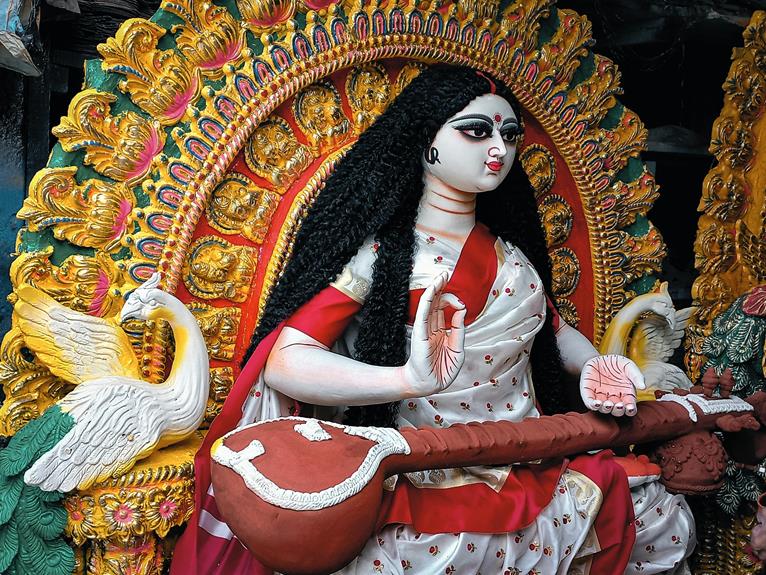Did you know that over 70% of the population in the ムculture actively participates in Buã… related events and ceremonies?
This traditional practice holds a deep-rooted significance that goes beyond mere rituals.
The intricate customs and beliefs associated with Buã… play a pivotal role in shaping the cultural identity and social fabric of the community.
As you explore the historical origins and modern-day adaptations of Buã…, you'll uncover a world rich in symbolism and tradition that continues to thrive in contemporary society.
Historical Roots of Buã
Explore the historical roots of Buã through tracing its origins and evolution within the à culture. Buã has a rich history dating back centuries, deeply intertwined with the traditions and beliefs of the à people. It all began with ancient rituals and ceremonies that celebrated the connection between humans and nature. These practices evolved over time, incorporating influences from various aspects of à life.
The early practitioners of Buã were revered for their wisdom and spiritual insight, guiding their community through times of joy and hardship. As generations passed, Buã became more structured, with designated leaders and prescribed rituals. These rituals played a crucial role in maintaining harmony within the à society, fostering a sense of unity and belonging among its members.
Through the ages, Buã has adapted to changing times while staying true to its fundamental principles. Today, it stands as a testament to the enduring spirit of the à culture, embodying the resilience and wisdom of its people throughout history.
Traditional Customs and Practices
Tracing back to the historical roots of Buã within the à culture unveils a tapestry of traditional customs and practices that have endured through centuries. These customs play a vital role in shaping the cultural identity of the à people and are deeply ingrained in their way of life.
One of the prominent traditional customs is the annual Buã Festival, a celebration that brings the community together to honor their ancestors and seek blessings for the upcoming year. During this festival, elaborate rituals, dances, and feasts take place, symbolizing unity and prosperity.
Another significant practice is the art of storytelling, where elders pass down myths, legends, and historical narratives orally to the younger generation. This practice not only preserves the cultural heritage but also serves as a means of education and entertainment.
Furthermore, traditional attire and adornments hold special significance, reflecting the rich history and values of the à culture. Each piece of clothing or jewelry carries a story or symbol that connects the wearer to their roots. These customs and practices not only showcase the beauty of à traditions but also reinforce a sense of community and belonging among its people.
Cultural Identity and Beliefs
The core essence of à cultural identity and beliefs lies in their profound connection to ancestral traditions and spiritual practices. These elements serve as the foundation upon which the cultural fabric of the à people is woven. From birth, individuals are imbued with the stories, rituals, and values passed down through generations, shaping their worldview and sense of self.
Central to à cultural identity are the beliefs that govern interactions with the natural world, ancestors, and fellow community members. These beliefs aren't merely abstract concepts but living principles that guide everyday actions and decisions. Through customs like ceremonies, dances, and prayers, the à people reaffirm their connection to the spiritual realm and honor the wisdom of their forebears.
Moreover, cultural identity and beliefs serve as a source of strength and resilience in the face of adversity. They provide a sense of belonging and continuity in an ever-changing world, grounding individuals in their heritage and fostering a collective identity that transcends time and space.
Social Impact and Community Connections
In understanding the significance of Buã… in the à culture, one must delve into its social impact and community connections. Buã… plays a vital role in fostering social cohesion and strengthening community bonds among the à people. The practice of Buã… often involves collective participation in rituals and ceremonies, creating a sense of unity and belonging within the community.
Through Buã…, individuals come together to celebrate traditions, share experiences, and support one another during important life events. This shared experience fosters a deep sense of connection and solidarity among community members, promoting a strong sense of identity and belonging.
Moreover, Buã… serves as a platform for promoting social values and cultural heritage within the community. It provides a space for passing down traditions from one generation to the next, preserving the rich cultural legacy of the à people. By actively participating in Buã… practices, individuals contribute to the maintenance and promotion of their cultural identity, ensuring its continuity for future generations.
Evolution of Buã… in Modern Society
Amidst the fast-paced changes of modern society, the role of Buã… has adapted to meet the evolving needs and dynamics of the à culture. In contemporary times, Buã… has transcended its traditional boundaries to become a symbol of unity and cultural pride. Its significance has expanded beyond religious contexts to encompass social gatherings, artistic expressions, and even commercial ventures catering to a global audience.
One notable evolution of Buã… in modern society is its integration into popular culture. Through music, fashion, and entertainment, Buã… has found a place in mainstream media, influencing trends and fostering a sense of identity among the youth. This fusion of traditional practices with modern influences has breathed new life into Buã…, ensuring its relevance and continuity for future generations.
Furthermore, the digital age has revolutionized the way Buã… is practiced and shared. Online platforms and social media have provided a virtual space for enthusiasts to connect, learn, and showcase their Buã… experiences, breaking barriers of geography and fostering a sense of community across borders. As Buã… evolves alongside modern society, its timeless essence continues to resonate, bridging the past with the present and shaping the cultural landscape of the future.
Rituals and Ceremonies Associated
Evolution of Buã… in modern society has paved the way for a resurgence of rituals and ceremonies associated with this cultural practice. These rituals play a crucial role in fostering a sense of community and identity among practitioners. One prominent ritual is the annual Buã… Harvest Festival, where community members gather to celebrate the harvest season through traditional dances, music, and offerings to the Buã… deity.
Another significant ceremony is the Buã… initiation rite, where young individuals are formally welcomed into adulthood within the community. This rite often involves elaborate rituals, symbolic challenges, and mentorship from elders. These ceremonies not only mark important life transitions but also serve to pass down cultural knowledge and values to future generations.
Additionally, rituals like the Buã… New Year celebration help in renewing bonds within the community and invoking blessings for the upcoming year. Through these rituals and ceremonies, Buã… practitioners maintain a deep connection to their cultural heritage and strengthen their sense of belonging within the community.
Preservation and Future of Buã
Looking ahead, the preservation and future of Buã… rely heavily on the commitment of its practitioners to uphold traditional practices and pass down cultural wisdom to future generations. By actively engaging in Buã… rituals and ceremonies, practitioners ensure the continuity of this ancient tradition. It's vital for current practitioners to mentor and educate younger members of the community, fostering a deep understanding and appreciation for Buã…'s cultural significance.
Moreover, documenting Buã… practices through various mediums such as written records, photographs, and videos can help preserve its essence for posterity. These efforts safeguard Buã… from fading into obscurity and allow future generations to learn from the wisdom of their ancestors. Embracing modern technology while staying true to traditional values is key to ensuring Buã… remains relevant and accessible to all.
In essence, the preservation and future of Buã… rest in the hands of those who cherish and honor its cultural heritage. By actively participating in Buã… practices and passing down knowledge to the next generation, practitioners can ensure Buã… continues to thrive for years to come.
Frequently Asked Questions
How Does Buã Impact the Local Economy in the à Culture?
In ムculture, Buã… significantly boosts the local economy through tourism, artisanal production, and employment opportunities. As you explore its impact, you'll see how this traditional practice shapes and sustains the community's financial well-being.
Are There Any Famous Legends or Myths Associated With Buã in à Culture?
In the ムculture, you'll find captivating legends and myths linked to Buã… These stories add depth to traditions and beliefs, enriching the cultural tapestry with tales of bravery, magic, and the supernatural.
What Role Do Women Play in Buã Ceremonies and Traditions?
In Buã ceremonies and traditions, women play a vital role, contributing their knowledge, skills, and presence. They hold significant positions, lead rituals, and ensure the continuity of cultural practices through generations.
How Has the Influence of Globalization Affected the Practice of Buã in Modern Society?
Globalization has impacted the practice of Buã in modern society by introducing new ideas and technologies. You can observe changes in rituals and ceremonies, reflecting a blend of traditional practices with contemporary influences, shaping the cultural landscape.
Are There Any Specific Taboos or Restrictions Related to Buã That Are Important to Know About?
In the à culture, specific taboos and restrictions surround Buã. It's crucial to understand these guidelines to respect the tradition fully. Avoiding these taboos ensures you honor the practice and its significance.
Conclusion
In conclusion, Buã… holds great significance in the ムculture, serving as a symbol of historical roots, cultural identity, and community connections.
Its traditional customs and practices, along with rituals and ceremonies, continue to shape the social fabric of modern society.
As efforts are made to preserve and promote Buã…, its importance will only continue to grow in the future, maintaining its place as a cherished aspect of ムcultural heritage.








